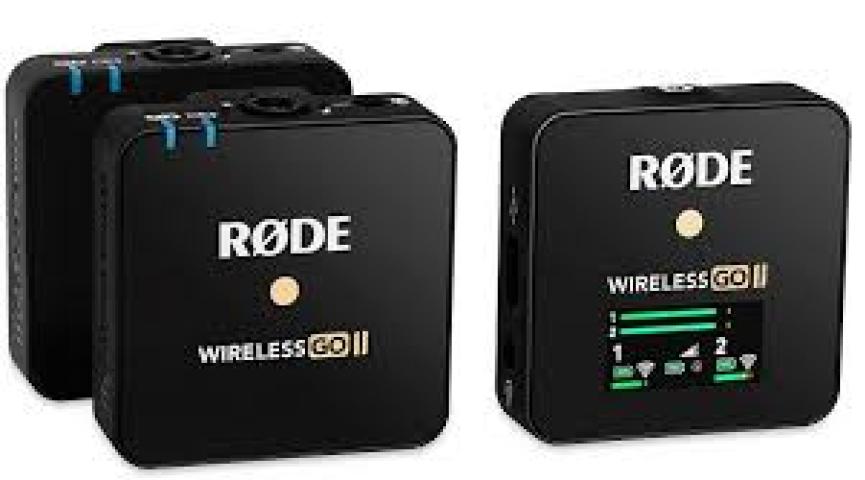Preparing for the CCIE Wireless exam can be an intense and complex journey. From advanced wireless configurations to in-depth troubleshooting, aspiring CCIEs face a range of challenges. Many of these focus areas require both theoretical understanding and practical, hands-on experience. But with the right strategies, resources, and preparation techniques, overcoming these hurdles is achievable. Whether you're enrolled in a comprehensive CCIE Wireless training program or self-studying, this guide will outline some common obstacles and how to tackle them, ultimately setting you up for success on exam day.
Key Challenges and Solutions in the CCIE Wireless Exam
1. Mastering RF Troubleshooting and Optimization
Challenge: Radio Frequency (RF) troubleshooting is one of the trickiest aspects of the CCIE Wireless exam. The ability to understand and adjust wireless signal properties like signal strength, interference, and noise levels is crucial. Poor RF planning can result in dropped connections, interference, or even dead zones, which directly impacts network quality.
Solution: Start with a solid foundation in RF fundamentals, covering concepts like signal-to-noise ratio (SNR), RSSI, and channel overlap. Practicing with wireless survey tools, such as Ekahau or AirMagnet, is highly beneficial. Familiarize yourself with tools like Cisco CleanAir to detect and mitigate interference. Regularly simulate real-world RF scenarios, experimenting with channel and power adjustments, to sharpen your troubleshooting skills.
2. Understanding Advanced Security Configurations
Challenge: CCIE Wireless candidates must be well-versed in advanced security configurations, including WPA3, 802.1X authentication, RADIUS/TACACS+, and securing APs. Misconfigured security can expose networks to threats, making it vital to get these configurations right.
Solution: Begin with understanding WPA2 and WPA3 protocols, as well as encryption methods such as AES and TKIP. Next, move on to mastering authentication mechanisms like 802.1X with RADIUS. Practice setting up these security measures in a lab environment to solidify your understanding. Tools like Cisco ISE (Identity Services Engine) can be useful for practicing user authentication and role-based access control.
3. Configuring Wireless LAN Controllers (WLCs)
Challenge: Wireless LAN Controller (WLC) configuration is central to the CCIE Wireless exam. Candidates must have expertise in managing WLC settings, configuring SSIDs, and deploying APs in a way that supports scalability and reliability.
Solution: Get hands-on practice with configuring WLC settings, including AP modes, SSID profiles, and RF profiles. Study the different WLC interfaces and understand how to optimize them for real-world environments. Cisco Packet Tracer or GNS3 can be helpful tools for emulating these configurations, and understanding how to tune APs using RF parameters can greatly improve your exam readiness.
4. Troubleshooting Client Connectivity Issues
Challenge: Troubleshooting client connectivity issues can be complex due to the variety of devices, operating systems, and configurations in a typical wireless environment. Connectivity problems can stem from multiple layers, including authentication, DHCP, and DNS settings.
Solution: Familiarize yourself with common connectivity troubleshooting tools like Wireshark and Cisco’s Prime Infrastructure, which help capture and analyze client data packets. Practice diagnosing connectivity issues across different network layers, from physical (RF interference) to network (DHCP and DNS). Set up a lab environment with a range of devices and clients, experimenting with different connectivity configurations.
5. Handling Cisco DNA Center and SD-Access
Challenge: Cisco DNA Center and SD-Access are increasingly important in modern wireless networks, and the CCIE Wireless exam often tests on their configuration and implementation. Candidates must be able to deploy these solutions for enhanced network automation, security, and analytics.
Solution: Start by understanding the fundamentals of Cisco DNA Center, focusing on its role in network automation, assurance, and segmentation. Set up practice labs where possible to configure Cisco DNA Center and explore its features. Learn to implement SD-Access, segmenting network traffic for better performance and security. Using Cisco DevNet resources can be extremely helpful for gaining practical insights.
6. Achieving High Availability and Scalability
Challenge: As network demands grow, achieving high availability and scalability becomes critical. The CCIE Wireless exam assesses candidates on their ability to design resilient networks that can support growth without compromising performance.
Solution: Study Cisco’s best practices for deploying high-availability solutions, including redundancy in WLCs and APs. Use simulation tools to set up failover scenarios to see how wireless networks can recover from device or link failures. Additionally, gain experience in configuring load balancing and QoS to handle high-density environments, an essential skill in scalable wireless networks.
7. Managing Time and Configurations in the Exam
Challenge: The CCIE Wireless exam is both time-intensive and complex. With multiple configurations, troubleshooting scenarios, and theoretical questions, time management is crucial.
Solution: Prioritize practicing configurations and troubleshooting scenarios under timed conditions. Regularly review the CCIE Wireless lab exam blueprint and practice on each topic sequentially, as familiarity with the exam structure will improve your efficiency. Make a list of core configurations and review them regularly to keep them fresh in your memory. Additionally, consider practicing with virtual labs or simulators to ensure you're comfortable with both the exam format and required configurations.
Essential Resources to Boost Your Preparation
To aid in your CCIE Wireless exam journey, consider these top resources:
Cisco DevNet and Cisco Learning Network: Access learning labs, communities, and documentation to strengthen your understanding of advanced wireless concepts.
Cisco Press Books: For in-depth knowledge, books like CCIE Wireless v3 Study Guide can provide comprehensive insights and hands-on labs.
Practice Labs and Simulators: Tools such as Cisco Packet Tracer, GNS3, and virtual labs give you the environment needed to experiment and practice your configurations and troubleshooting techniques.
Online Forums and Study Groups: Engage in CCIE-focused forums or study groups. Communities like TechExams or CCIE Wireless forums offer valuable tips and shared experiences from candidates and certified professionals.
Conclusion
Successfully passing the CCIE Wireless exam is a significant accomplishment that requires both theoretical knowledge and practical skills. By understanding common challenges and implementing these solutions, you’ll be better prepared to handle the demands of the exam. From RF troubleshooting to mastering Cisco DNA Center, each skill builds toward a more complete, capable network engineer. If you're dedicated to achieving this certification, remember that the right resources, practice, and determination will get you there. Whether you're in the early stages of preparation or refining advanced skills, the journey to becoming a certified expert in CCIE Wireless is achievable with perseverance and the right approach.



